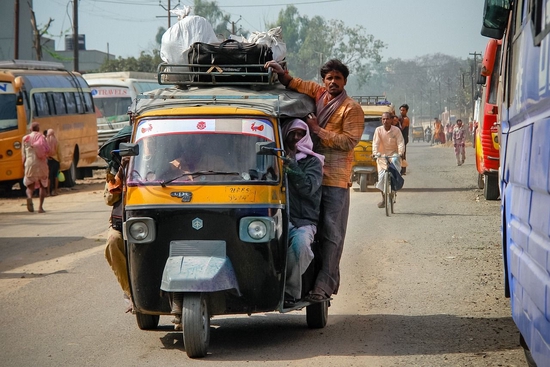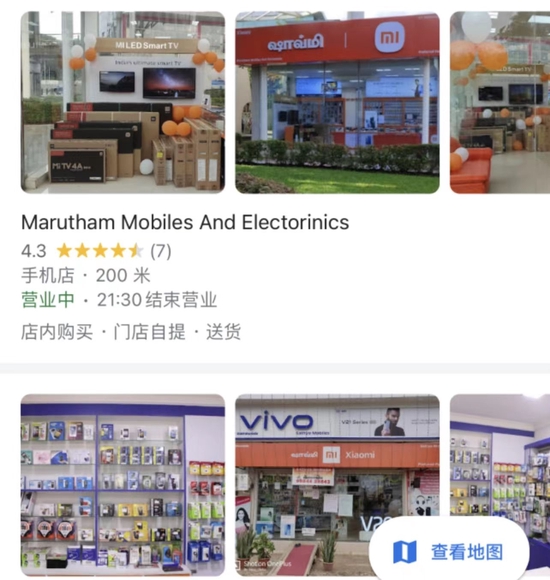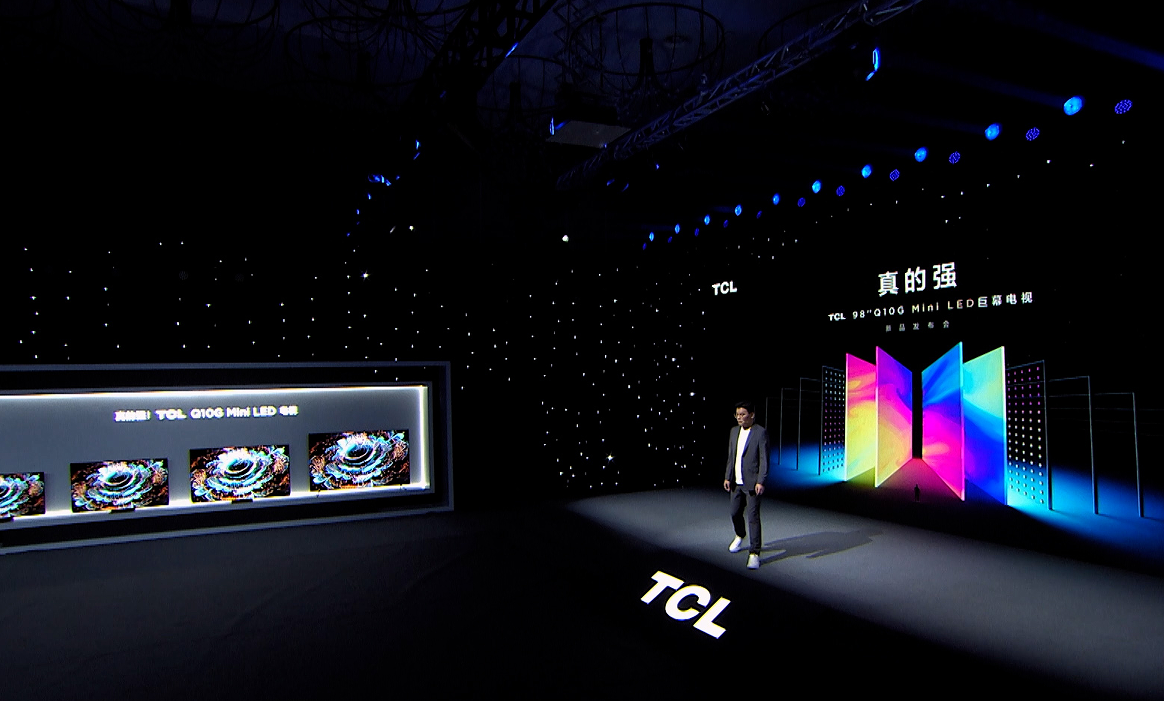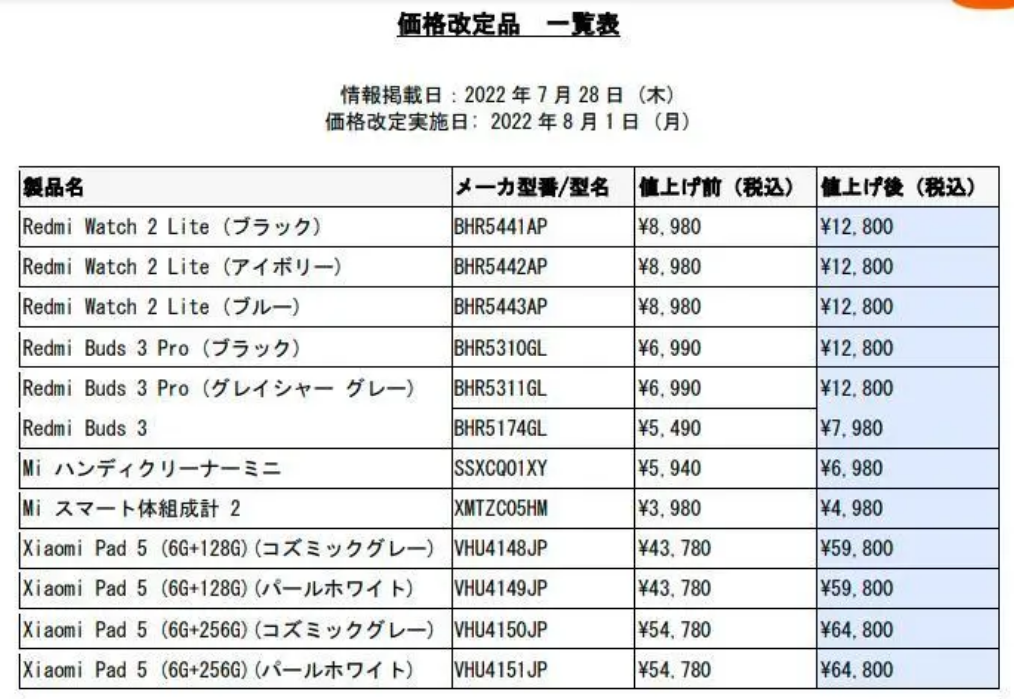your current location is:Home > TechnologyHomeTechnology
Indians can't live without Chinese mobile phones: stores are all over the streets, and workers have to save for a year to buy Apple
 Indian street map source: pixabay
Indian street map source: pixabay Indians are inseparable from Chinese mobile phones, whether for consumption or employment.
"There is no substitute... The streets and alleys of India are full of Xiaomi, OPPO, vivo." Dong Le, a mobile phone parts factory in India, observed that Chinese mobile phone stores are all over Indian cities and rural areas, and even subway stations are their advertisements.
In the eyes of Indians, Chinese mobile phones are cheaper than Apple and Samsung, and have better performance and quality than local mobile phones. Wigand, an Indian, told Times Finance that the gap between the rich and the poor in India is large, and ordinary people are very poor, hoping to buy better equipped mobile phones with less money.
At present, Xiaomi has at least seven factories in India, and OPPO's largest factory has 10,000 employees, most of whom are local Indians. India has also become the second largest mobile phone manufacturer in the world.
Earlier market rumors said that India would restrict the sale of mobile phones by Chinese companies priced below 12,000 rupees (about 1,018 yuan), and local officials later appeared to refute the rumors.
Rao, an Indian who plans to open a Xiaomi store, told Times Finance that although Chinese mobile phone manufacturers have been repeatedly investigated by India and there are still various rumors in the market, it has not caused Indians around him to reject or boycott Chinese mobile phones.
It takes more than a year of savings for ordinary workers to buy apples
Wigand likes Chinese mobile phones. In addition to his own photography work, he also participates in voluntary activities in a Chinese mobile phone official community to maintain the community. He likes the overall performance, photography performance, privacy protection and cost-effectiveness of Chinese mobile phones.
Rao is a fan of Xiaomi for 8 years. There are more than 50 Xiaomi products at home. He prefers Xiaomi's system user interface design and product workmanship. According to him, at least 70% of the people around him are using Xiaomi, OPPO, and vivo.
In addition to product performance, the reason why Chinese mobile phones can sweep India has a lot to do with price. In Dong Le’s factory, the monthly salary of ordinary Indian workers is about 900 yuan, and buying an iPhone is equivalent to spending more than a year’s savings.
According to Dong Le, there are about 3,000 Indian employees in the factory, and no more than 100 people can afford Apple mobile phones, and they all use old models. Dong Le has never seen Indians using iPhone 13 series models in the company.
"There are still many people in India who use older phones." Dong Le revealed that the mainstream local models are in the thousand yuan (RMB) range. Even if the income is not high, few people take out loans to buy mobile phones, which is different from neighboring countries such as Cambodia and Indonesia. .
Wigand also mentioned that the low-price competition between Realme and Xiaomi in India is particularly fierce. According to data from research institute CMR, in the second quarter of this year, Xiaomi and realme ranked first and third respectively (Samsung was second), vivo and OPPO ranked fourth and fifth, and four Chinese smartphones ranked first and third respectively. Brands together account for 61% of the market.
In comparison, Xiaomi and realme are slightly underperforming in China. According to CINNO Research data, in the first half of this year, Xiaomi's mobile phone sales ranked fifth in the Chinese smartphone market, while realme was not in the top five.
According to a report by research firm Counterpoint, smartphones under $150 (about RMB 1,037.45) accounted for one-third of India's mobile phone sales in the second quarter of 2022, of which 80% were occupied by Chinese companies.
The agency report also shows that in the high-end mobile phone market in India, OnePlus (OnePlus) has an advantage over other Chinese mobile phone brands. As for Samsung mobile phones, its product prices are slightly higher than those of Xiaomi and realme.
In 2021, in the Indian mobile phone market of 30,000 rupees (approximately RMB 2,609.4) and above, OnePlus has a market share of 19%, ranking second, second only to Apple, and Samsung mobile phones will be between 20,000-45,000 rupees ( The price range of about RMB 1733.6-3900.6) dominates.
It is reported that since 2014, Chinese mobile phones have entered India in an all-round way and have developed rapidly. According to research firm IDC, in 2016, Xiaomi's share of the smartphone market in India was 6.6%, ranking among the top five for the first time, and its share will increase to 24% by 2021.
Entering India for eight years, using factories and stores to create jobs
Even in remote places in India, Dong Le can see Chinese mobile phone stores. He found that domestic mobile phone stores are not only opened in cities, but also in towns and rural areas, but the stores in rural areas are small and generally sell multiple brands, while urban shopping centers are mostly large specialty stores.
 Chinese mobile phone store near Dong Le's house Source: Dong Le
Chinese mobile phone store near Dong Le's house Source: Dong LeHe would feel proud to see these shops on the street. He observed that some of the specialty stores here are standardized and synchronized with online prices. He said that logistics in India is very slow, and it takes almost a week after buying a mobile phone to arrive, so many people tend to buy offline.
A large number of Indians rely on selling Chinese mobile phones to survive, not only selling spot goods, but there is also a huge second-hand mobile phone trading market in India. Rao is also preparing to open a store to sell Chinese mobile phones. He said that the threshold for this business is very low, and it is easier to make money.
"I'm pretty sure that if you walk on the street, your eyes will be attracted by the huge billboards in these mobile phone stores." Wigand said with emotion.
Hu Xu once provided technical advice for a domestic mobile phone manufacturer to build a factory in India, and was the project leader. He does not think it is possible or necessary for India to restrict Chinese companies from selling low-priced mobile phones.
He believes that, on the one hand, Chinese mobile phone manufacturers have created jobs for India, and on the other hand, even if Chinese mobile phones are out of the market, Indian companies will not benefit much.
In an interview with Times Finance, Hu Xu said that at present, the Chinese control the mobile phone supply chain, including core materials, assembly processes, capital, etc. The Chinese mobile phone brand's Indian factory is mainly responsible for assembly, and 90% of its components are purchased from China, and the equipment , The technological level is slightly behind the domestic factory, and the degree of automation is lower.
He also mentioned that many parts and raw materials of local Indian brands also need to be imported from China, and the market reputation is not good.
As of now, Xiaomi has at least 7 factories in India. The head of Xiaomi India once revealed on social platforms that 99% of Xiaomi mobile phones sold in India are produced locally in India. India has long become Xiaomi's second largest market.
OPPO India’s official website shows that the company has established a large factory of 110 acres (about 44.5 hectares) in northern India, which is supported by 10,000 employees and can produce a smartphone every 3 seconds.
According to the Counterpoint report, in 2021, smartphone shipments in India will reach 169 million units, and revenue will exceed $38 billion, both figures hitting record highs.
India has become the second largest mobile phone manufacturer in the world. In addition to Apple and Samsung, the contribution of Chinese mobile phone manufacturers is obviously indispensable.
The road ahead, compliance with international standards?
When it comes to his hopes for Chinese mobile phones, Wigand hopes that manufacturers will make up for loopholes and improve performance, while Hu Xu suggested that manufacturers be in line with international standards in terms of compliance and learn from established multinational companies, which is the basis for long-term survival and development in foreign countries.
From Xiaomi, OPPO, vivo and other companies being investigated by India to the rumors that they were restricted from selling low-priced mobile phones, Rao and Wigander did not care much. They said that some people around them would consider one more factor when buying a mobile phone, and the overall impact Not much.
"No matter what the survey results are, it will not affect my choice and use of it." In comparison, Wigand cares more about the performance and quality of the phone.
He is responsible for receiving and processing user feedback in the official Chinese mobile phone community. He revealed that the company pushed some erroneous updates in India that damaged the phone's front-facing camera, a similar situation that happened on a number of phones.
For the company, he also suggested that store management should be strengthened, because some stores will charge extra fees for non-manufacturing defects when repairing mobile phones to consumers, even if that is not the case.
"You can raise the price a little bit, increase profits, pay taxes in strict accordance with the system and procedures, protect the interests of workers, respect local culture, and take holidays according to Indian statutory holidays." Hu Xu said that building a factory in India is very important, and the factory is also It is necessary to wait until the government's acceptance is completed before starting the construction. If the construction is started in advance, there will be legal and policy risks.
It is worth mentioning that at Xiaomi’s financial report analysis meeting in mid-August, Wang Xiang, an executive of the group, said in an interview that in India, Xiaomi has successfully thawed more than $700 million in frozen funds, and some of the frozen funds are being negotiated. middle.
Wang Xiang also mentioned that Xiaomi's business progress and factory production in India are also in normal progress, and will earnestly and actively communicate with the relevant Indian government departments, and will also appeal through the judicial system.
related articles
Article Comments (0)
- This article has not received comments yet, hurry up and grab the first frame~












